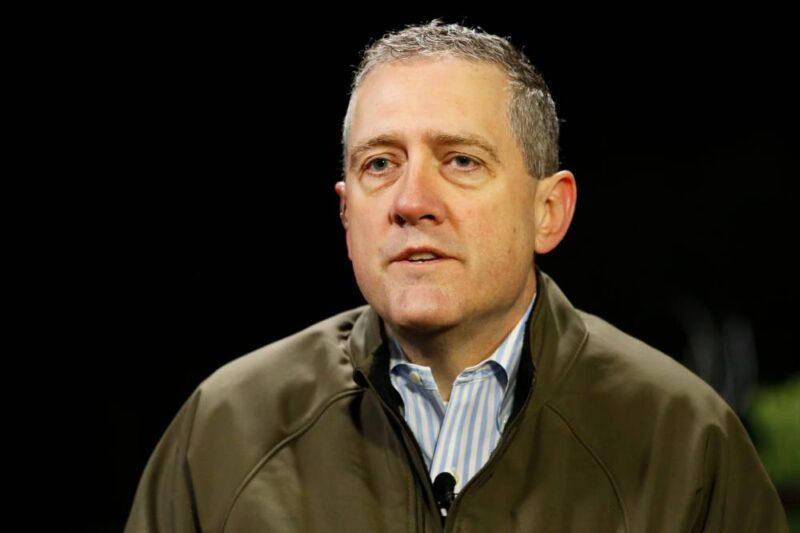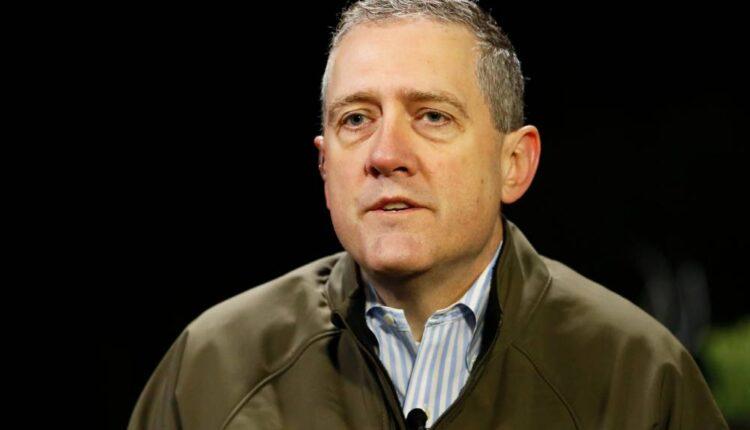
- St. Louis Federal Reserve President James Bullard called for full subsidizing of costs for companies developing coronavirus tests.
- "That would end the crisis," the central bank official said during a panel discussion Friday.
- An ambitious testing regime would give people the confidence they need to resume daily activities, he said.
James BullardDavid A. Grogan | CNBC
St. Louis Federal Reserve President James Bullard proposed what he sees as the best economic solution to the coronavirus crisis: Pay full costs for any firm that comes up with a test for the virus that can assure the public that it's safe to resume activity.
Doing so, he said during a panel discussion Friday morning, would create a "gold rush" of testing that would help offset the steep damage already done by the economic shutdown.
"That would end the crisis," he said during a webinar presented by the Reinventing Bretton Woods Committee.
Bullard said addressing the economic slump brought on by the coronavirus is critical as St. Louis Fed economists see the unemployment rate ranging from 10% on the low end all the way up to 42%, with a potential 50 million U.S. households impacted by social distancing measures. The jobless rate for March was 4.4%, but more than 22 million Americans have since filed for unemployment benefits.
Though President Donald Trump rolled out a three-phase program Thursday for restarting the economy, it is unclear when that will begin or how long it will take.
An ambitious testing regime would give people the confidence they need to resume daily activities, including work, while also containing economic incentives, Bullard said.
VIDEO3:0803:08NY Fed's John Williams: Economy won't return to 'full strength' by end of 2020Squawk Box
"You could create this pop-up industry where you're essentially giving firms the chance to make quite a bit of profit because their costs are going to be covered so their marginal cost is going to be zero," he said. "So you drive the costs of these tests down to zero. You'd be swimming in tests."
Looking at the current data, the St. Louis Fed economists have been among the most pessimistic, previously forecasting 47 million job losses with an unemployment rate of 32%. However, Bullard also has said he sees a fairly sharp recovery after the initial damage.
In fact, he said the batch of economic data from the second quarter should largely be ignored when trying to figure out what the future will look like.
"The numbers coming out of the second quarter will not be comparable to anything we've seen in U.S. macroeconomic history," he said. "We should sort of just write off the second quarter, think of it as a very different episode and quit calculating annual growth rates and comparing to other periods in the past, because it's deceptive in thinking about how the economy might be able to behave going forward."
Source: cnbc.com

